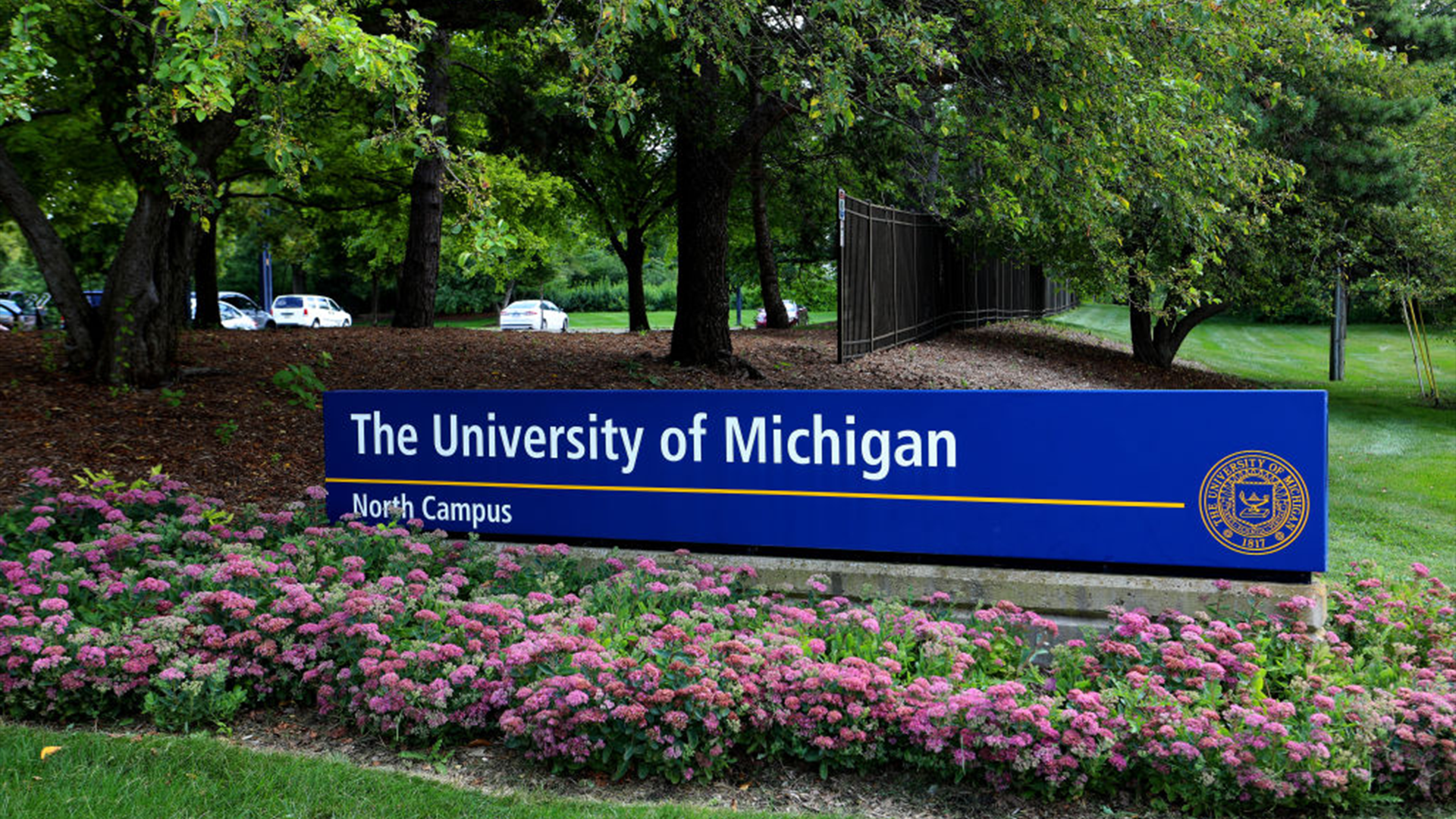Unfortunately, Social Security payments can be garnished if you default on federal student loans, as many retired borrowers find out the hard way. Called an offset, more people than ever are losing out on Social Security benefits due to federal student loan debt.
However, there are limits to how much can be garnished for student loans, though these limits don’t go far enough. If you’ve defaulted on your student loan debt, here’s what you need to know about student loans and Social Security benefits, as well as your options for student loan forgiveness at age 65 and above.
Can student loan debt threaten your Social Security payments?
What’s the Social Security garnishment limit?
How many Americans had their Social Security payments garnished?
What can people do to save their Social Security payments?
What can you do to avoid student loan default?
Student loans and Social Security payments: The bottom line
Can student loan debt threaten your Social Security payments?
Yes — and the government may not wait until you’re nearing retirement age to recoup the debt. If you default on federal student loans, the government can take extreme measures to get your money. The government can tell your employer to withhold your pay, and the IRS can seize your federal tax refund and put it toward unpaid loans.Depending on your circumstances and type of loan, you may also have your state tax refund held as well.
If you’re nearing retirement, the government can garnish your Social Security benefits. This consequence has been affecting more and more borrowers over the years, including those with student loans over 20 years old. Many retired Americans rely entirely on Social Security benefits to fund their retirement. With garnished benefits, they may not have enough money each month to live.
The good news? There is a limit to how much can be garnished for student loans. But for retirees depending on Social Security income, garnishment could make them financially vulnerable.
What’s the Social Security garnishment limit?
With the Debt Collection Improvement Act of 1996, the government set a limit on how much of your Social Security benefits the government can garnish to collect on student loan debts. Per the act, the government can’t take any more than 15 percent of your Social Security payments.
This limit doesn’t give people enough protection, though. The last time the limit was adjusted was in 1998; the cost of living has increased since then, and the poverty line has gone up.
Today, the poverty threshold for a one-person household is an annual income of $12,490, or about $1,040 a month. However, the government can whittle your Social Security benefits down to $750 a month, which comes out to an annual income of just $9,000. With these reduced Social Security payments, older Americans with no other revenue streams have to subsist off an income that’s well below the national poverty line.
Another piece of bad news: Most of the money carved from Social Security payments doesn’t even pay down the loan principal. Of the $1.1 billion garnished from benefits as of 2016, more than 70 percent had gone to paying off fees and interest, rather than the borrower’s actual debt.
How many Americans had their Social Security payments garnished?
According to data from the Government Accountability Office, around 114,000 borrowers aged 50 and above had their Social Security payments garnished in 2015. The population of people aged 50 to 64 in this situation has increased by 407 percent from 2002 to 2015, and it’s increased 540 percent for those aged 65 and older.
Wage garnishments are on the rise, too. According to a Student Loan Hero study based on Department of Education data, wage garnishment is becoming increasingly common for student loan defaulters. In the period between July 2015 and September 2018 — the three-year period reviewed in the study — debt collectors took $2.3 billion in wage garnishments.
What can people do to save their Social Security payments?
When it comes to defaulting on student loans, people need to know their rights. For instance, older Americans on permanent disability may be eligible for a full discharge of their student loans. Borrowers with a long term medical condition may also qualify for full Social Security payments.
Depending on your circumstances, you may also be able to discuss your concerns with a free or low-cost financial counselor, who may be able to offer customized options based on your circumstances.
What can you do to avoid student loan default?
Federal loans never go away, and the government has wide-reaching powers to collect. When you fail to make a student loan payment for 270 days, then your loan is considered to be in default. To get out of default, you need to catch up on payments.
You may need to enter a rehabilitation program with the Department of Education. With a rehab program, you should be able to set up an income-based plan with manageable payments. Once you’ve made several on-time payments, you may qualify to consolidate your student loans. Student loan consolidation can simplify your monthly payments while potentially saving you money on fees.
Student loans and Social Security payments: The bottom line
As we move toward 2020, Americans owe $1.56 trillion in student loan debt. Of those 45 million Americans with outstanding student loan debt, some are heading into retirement and hoping to rely on Social Security benefits to live.
To protect yourself, you should do everything you can now to avoid student loan default. The choices you make today could affect you for years to come. If your financial situation feels impossible, it may make sense to explore the option to discharge your student loans through bankruptcy. Whatever your age and situation, there are options to help you manage your student loans and get out from under the shadow of debt.
This piece originally appeared on StudentLoanHero, a media brand owned by LendingTree.
















